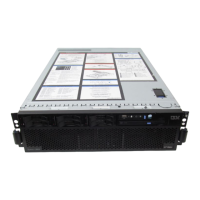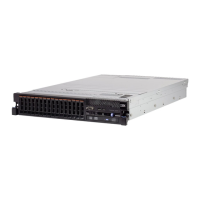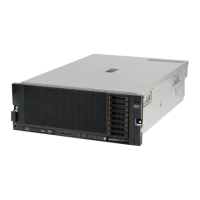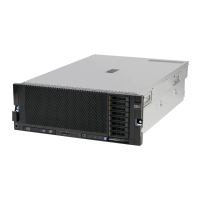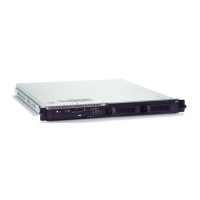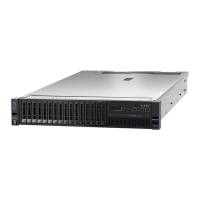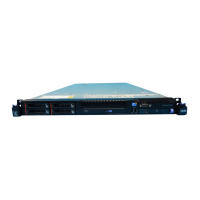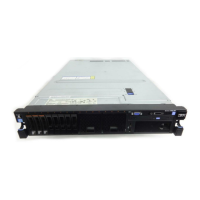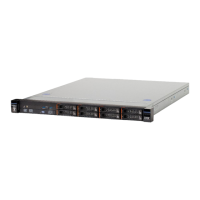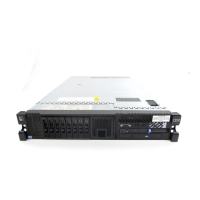Chapter 2. IBM eX5 technology 51
RHEV-H (KVM) supports 96 CPU threads (an 8-core processor with Hyper-Threading
enabled has 16 threads) and can address 1 TB RAM.
KVM includes the following features:
Advanced memory management support
Robust and scalable Linux virtual memory manager
Support for large memory systems with greater than 1 TB RAM
Support for nonuniform memory access (NUMA)
Transparent memory page sharing
Memory overcommit
KVM also provides the following advanced features:
Live migration
Snapshots
Memory Page sharing
SELinux for high security and isolation
Thin provisioning
Storage overlays
2.9.3 Windows 2008 R2 Hyper-V
Windows® 2008 R2 Hyper-V is also supported to run on the eX5 servers. You can confirm
Hyper-V support in ServerProven.
2.10 Changes in technology demand changes in
implementation
This section introduces new implementation concepts that are now available due to the new
technology that has been made available in the IBM eX5 servers.
2.10.1 Using swap files
With the introduction of large amounts of addressable memory, when using an UEFI-aware
64-bit operating system, the question that comes to mind with a non-virtualized operating
system is, “Do I continue to use a swap file to increase the amount of usable memory that an
operating system can use?” The answer is no.
Using a swap file introduces memory page swaps that take milliseconds to perform as
opposed to possible remote memory access on a MAX5 that will take nanoseconds to
perform. Not using a swap file improves the performance of the single 64-bit operating
system.
Note, however, that when using SSD drives as your primary storage for the operating system,
remember that it is better to not have an active swap file on this type of storage. SSD drives
are designed to support a large but finite number of write operations to any single 4k storage
cell on the drive (to the order of 1 million write operations). After that limit has been reached,
the storage cell is no longer usable. As storage cells begin to die, the drive automatically
maps around them, but when enough cells fail, the drive first reports a Predictive Failure
Analysis (PFA) and then eventually fails. Therefore, you must be careful determining how
dynamic the data is that is being stored on SSD storage. Memory swap file space must never
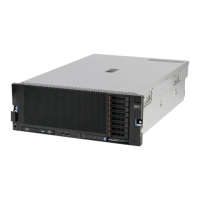
